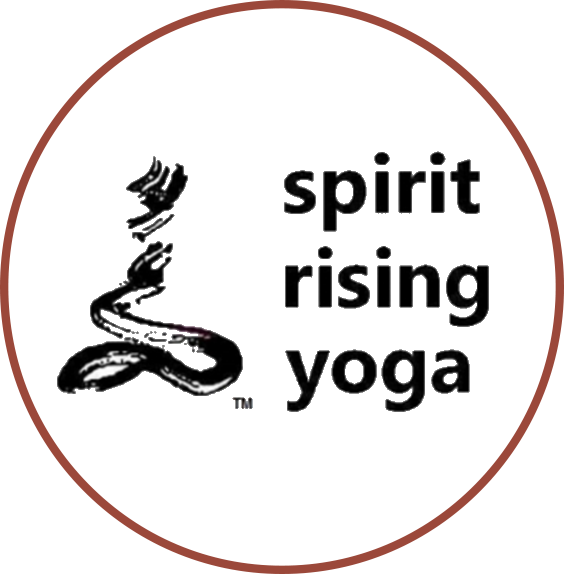Sat Kriya
Sat Kriya is one of the most powerful and complete postures/kriyas Yogi Bhajan taught. It is an "entire Yoga class in one posture". Sat Kriya is fundamental to Kundalini yoga and could be practiced on its own every day for at least 3 minutes. Its effects are numerous. It is not just an exercise, it is a kriya that works on on all levels of your being - known and unknown. You might block the more subtle experiences of higher energies by pushing the physical body too much. You may have an experience of higher consciousness, but not be able to integrate the experience into your psyche.
So prepare yourself with practice. If you have time for nothing else, make SAT KRIYA a part of your every day exercise. (3 min a day)
GuruPrem Singh Khalsa Shows Us How To Do It!
How to Hold the Hands
Sit on the heels and stretch the arms over the head so that the elbows hug the ears. You can also sit in easy position or a chair.
Interlock all the fingers extending the index fingers, Jupiter Finger, which point straight up. Cross the thumbs: Hands are in Kali Mudra, so the females cross the left thumb over right and males cross right over left. Ideally the palms, heels of the hands are together. (Note: it has been described as Venus Lock, which is not accurate, because if so the palms would be open.)
Begin to chant "Sat Naam" emphatically in a constant rhythm about eight repetitions per 10 seconds. (Note: Do not shout, the emphasis is created by the pull of the Navel Point.
Chant the sound "Sat" (Sounds like Sutt) from the navel point and solar plexus, and pull the umbilicus all the way in toward the spine.
On "Naam" relax the belly. Release the lock as you chant "Naam." (Almost like a sigh with the sound Naam)
The breath comes naturally between the Sat and Naam.
Don't try to apply Mul Bhand. Mul bhand happens automatically if the navel is pulled. Consequently, the hips and lumbar spine do not rotate or flex. Your spine stays extended.
The Eyes are closed rolled up to the brow. It's putting pressure on the frontal lobe at the pituitary gland and doing good things for your brain.
Continue at least 3 minutes, then inhale and squeeze the muscles tightly from the buttocks all the way up the back, past the shoulders. Mentally allow the energy to flow through the top of the skull. Ideally, you should relax for twice the length of time that the kriya was practiced, up to 15 minutes.
You may build the time of the kriya to 31 - 62 minutes, but remember to have a long, deep relaxation immediately afterwards. A good way to build up the time is to do the kriya for 3 minutes, then rest 2 minutes.
Repeat this cycle until you have completed 15 minutes of Sat Kriya and 10 minutes of rest. Finish the required relaxation by resting an additional 15-20 minutes.
Respect the inherent power of the technique. Deep relaxation after this kriya is a must and nearly as important as the initial effort. It activates the Parasympathetic Nervous System which allows the body's systems need time to regenerate and reconstitute themselves. This is the time to do the Inward Focus - Neutral Mind.
strengthens the entire sexual system
stimulates its natural flow of energy.
relaxes phobias about sexuality.
allows you to control the insistent sexual impulse by
rechannelizing sexual energy to creative and
healing activities in the body.
People who are severely maladjusted or
who have mental problems benefit from this kriya
since these disturbances are always connected with
an imbalance in the energies of the lower three chakras.
General physical health is improved
all the internal organs receive a gentle rhythmic massage from this exercise.
The heart gets stronger from the rhythmic up-and-down of blood pressure you generate from the pumping motion of the navel point.
This exercise works directly on stimulating and channelizing the kundalini energy,
so it must always be practiced with the mantra "Sat Nam."
Realted Pages:

